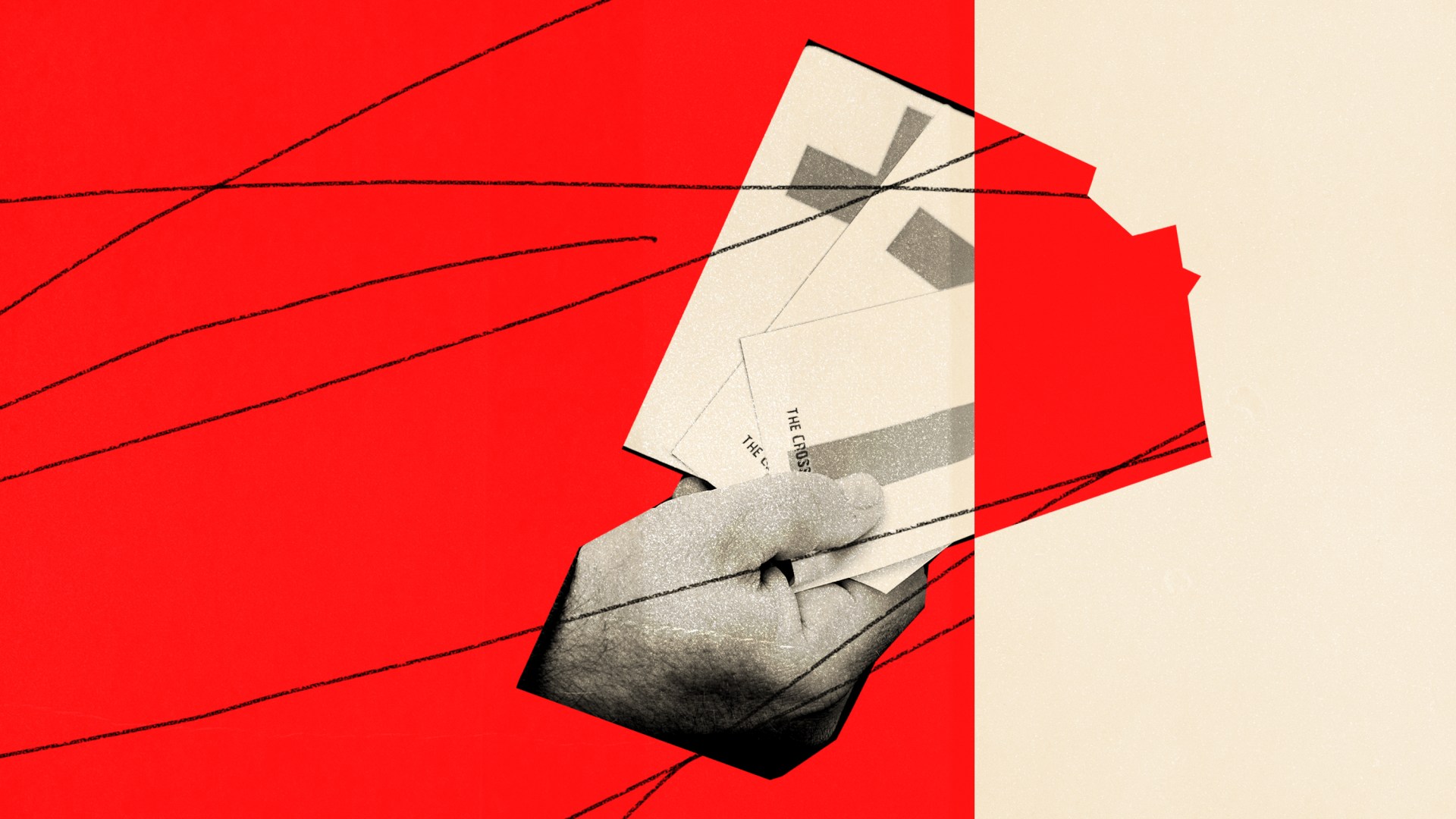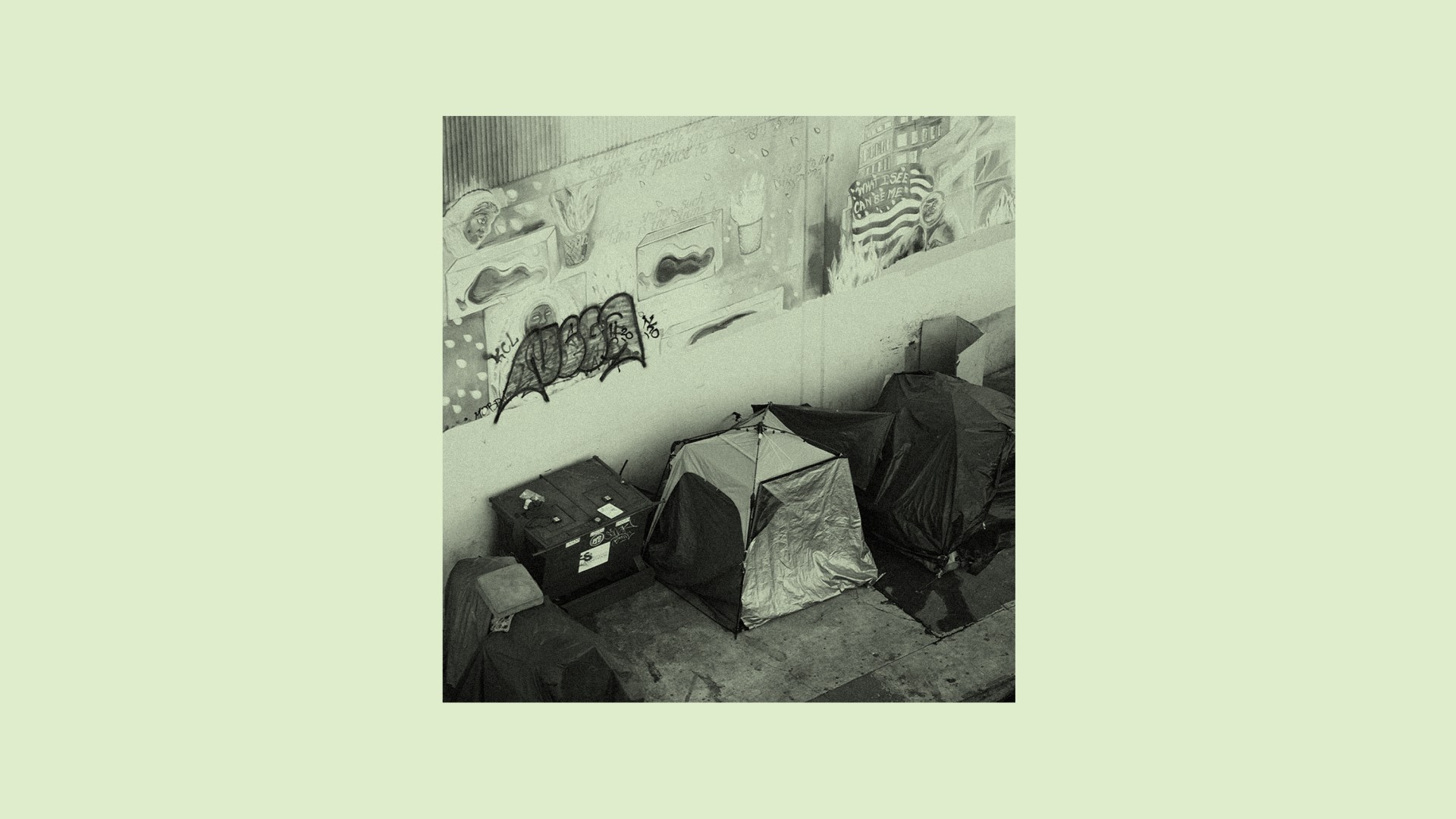On October 1, Claudia Sheinbaum became Mexico’s first female president. Like her predecessors, she was sworn in at the Palacio Legislativo de San Lázaro and gave her inaugural address in front of the Congreso General.
But her inauguration day also included a ceremony offered by a group of indigenous and Afro-Mexican women after she proceeded to the Plaza de la Constitución. The women, who represented several of Mexico’s 68 indigenous groups or were descended from free and enslaved Africans, handed her the bastón de mando y servicio. After Sheinbaum received the baton, a gesture symbolizing that the indigenous community had recognized her authority, she participated in a cleansing ritual led by a Mazatec healer.
The ritual, according to the official program for the ceremony, was to prepare her to exercise her leadership wisely and with prosperity, resulting in blessings such as health for all and good harvests.“Claudia, may the sacred elements accompany you, may the holy water always purify your soul, may the air always be with you, may our dear Mother Earth always bless you,” pronounced the celebrant, as incense burned. “We invoke the nahuales, the deities, and other divine beings and spirits that inhabit this place. We ask for life, enlightenment, and wisdom for the constitutional president, Dr. Claudia Sheinbaum Pardo.”
During the ritual, Sheinbaum and the representatives of the indigenous groups raised their arms with open hands and faced in each cardinal direction, asking the “divine forces of nature” for energy, wisdom, forgiveness, reconciliation, peace, and good health.
Then, the group turned to the “center of the earth”—which, for the ancient Aztecs, was located in the Temple of Tenochtitlan, one block from the ceremony site.
“From the center of the earth, we ask for forgiveness from our earthly mother. Because we have not respected her, we have suffered these climate changes with her,” said the celebrant as the event concluded.
Not many Mexican Christian leaders have spoken out in disagreement with this blessing, despite its nod to indigenous mythology and nahuales or naguales, guardian spirits that have the ability to communicate with gods and humans and to change their appearance from humans to animals.
“I don’t even know if the president has faith in those rituals,” said Luis Chávez, the president of the Unión Nacional de Traductores Indígenas, an organization dedicated to translating the Bible into the 68 indigenous languages and their 364 variations spoken in present-day Mexico. “But we understand that our peoples have a cultural identity, and not everything in our culture is bad or satanic.”
As a Zapotec whose community is based in the present-day state of Oaxaca, Chávez saw parts of the ceremony that he and other indigenous Christians could affirm.
“Although they are sometimes far from the Christian principles in which we believe, these rituals demonstrate principles of valuing life, nature and respect for authorities, whom our people recognize and obey,” he said.
Sheinbaum’s predecessor, Andrés Manuel López Obrador, known more commonly as AMLO, first incorporated the bastón de mando y servicio, an acknowledgment of the 23 million people (19 percent of the Mexican population) who still live in indigenous communities, during his 2018 inauguration. In November 2020, he took part in another traditional rite during a Día de los Muertos (Day of the Dead) event honoring those who had died in the Covid-19 pandemic.
Similar practices have also been adopted in other countries; former Bolivian president Evo Morales’ 2006 and 2015 inaugurations included traditional ceremonies, as did Colombian president Gustavo Petro’s 2022 inauguration.
Among the critics of the inauguration ritual was Father Eduardo Hayén Cuarón, parish priest of the Ciudad Juárez Cathedral and director of the weekly newspaper Presencia. “Everything seems harmless: women are lifted up, and peace, harmony, and good vibes are offered,” he wrote on X. “But we must point out that these are witchcraft rituals and are, in fact, a form of implicit worship of the devil.”
The cleansing ritual was a “shamanic ceremony,” wrote Aarón Lara, the president of the Ibero-American Congress for Family and Life. “Of course, it violates the secular state, which a few hours earlier Sheinbaum promised to uphold and guarantee for all citizens.”
A secular state since 1857, Mexico has nevertheless been a deeply religious country, one where Spanish colonizers built cathedrals over the ruins of ancient Aztec temples and many locals developed a syncretistic faith that is now deeply embedded in local culture. Contact of these indigenous belief systems with Christianity (and even with pre-Christian European influences that accompanied the Spanish colonizers) resulted in exuberant celebrations, like those of Día de los Muertos.
In many ways, these ceremonies are less about undermining the state’s official secularism and more about honoring indigenous cultures, something that has become more prominent in Mexico in recent decades, says Alejandra Ortiz, co-coordinator of the Logos and Cosmos Initiative in Latin America for the International Fellowship of Evangelical Students.
On the other hand, some feel confused by the mixture of beliefs present in people’s daily lives. “I see [the ceremony and the reactions to it] as part of the extensive religious syncretism we have in Mexico,” said Sally Isáis, director of the missionary agency Misión Latinoamericana de México.
Isáis notes that although political parties don’t align with religion, they borrow its terms and images. For instance, Sheinbaum’s party, formerly called the Movimiento Regeneración Nacional, now goes by Morena. “The very name Morena alludes to the ‘Brown Virgin,’ the Virgin of Guadalupe,” said Isáis, referring to the patron saint of the Americas and a title used for the specific appearance of the Virgin Mary in Mexico.
The nickname La Virgen Morena or La Morenita arose after Mary allegedly appeared to Nahua peasant Juan Diego in 1531 and he described the woman who visited him as having a dark-skinned face (in Spanish, piel morena). The story of the virgin appearing to a native led to a mass conversion of indigenous people—9 to 10 million people reportedly became Catholic in 10 years—but also led many new converts to see Mary as related to the local deity Tonantzin, the Aztec mother goddess. That aspect of Catholicism melded with pre-Hispanic religious practices to both aid the church’s popularity and help traditional belief systems survive.
Despite Mexico’s robust religiosity, Sheinbaum has a relatively ambiguous relationship with religion. Her father was the son of Ashkenazi Jews who left Lithuania in the early 20th century, and her mother was the daughter of Sephardic Jews from Bulgaria, but Sheinbaum does not practice Judaism. On some occasions, she has appeared in clothing adorned with Catholic saints. During her campaign, she met with evangelical leaders.
In her inauguration speech before the Congress, Sheinbaum defined herself as “a mother, grandmother, scientist, and woman of faith, and from today, by the will of the people of Mexico, the constitutional president of the United Mexican States,” she said.
Evangelicals represent around 14 million of Mexico’s 126 million inhabitants. There are no clear statistics on the number of indigenous evangelicals, but Chávez estimates that they may make up 20 percent of the community or about 4.5 million people.
That would make the proportion of evangelicals among indigenous people significantly higher than that in the country at large. And they face strong opposition in their communities, which has contributed to Mexico ranking 37th in the World Watch List, the religious persecution ranking compiled by the organization Open Doors.
“In some indigenous communities, those who decide to abandon ancestral and traditional beliefs to follow Jesus face ostracism, fines, incarceration and forced displacement,” states this year’s Open Doors report.
Evangelicals who refuse to make financial contributions to fund Roman Catholic celebrations may be punished by their neighbors, who cut off their access to services like electricity or water.
The US government has previously questioned Mexican authorities over religious persecution, including mistreatment of indigenous evangelicals. As recently as last year, the State Department’s international religious freedom office reported that diplomats had met with state and federal government officials responsible for religious and indigenous affairs as well as with Catholic Church leaders to express concerns.
In April, neighbors and local authorities attacked the 172 members of a Baptist congregation in the state of Hidalgo, cutting off power to their homes and blocking access to their church. Their attackers explained the raid as punishment because the Christians had not paid “their dues” to the Catholic Church and claimed the right to enforce the customs and traditions of indigenous communities.
Article 2 of the Mexican Constitution guarantees indigenous peoples the right to “apply their own normative systems in the regulation and resolution of their internal conflicts.”
When Christians outside of these communities label indigenous peoples’ practices as witchcraft, their disapproval can add to the pressure on indigenous Christians.
“There are segments of the Christian population who can go so far as to satanize all indigenous principles,” said Chávez. “I call on the church in Mexico and globally to continue teaching our people biblical principles without imposing different cultural forms. It is about respecting culture while teaching a better way.”






























































